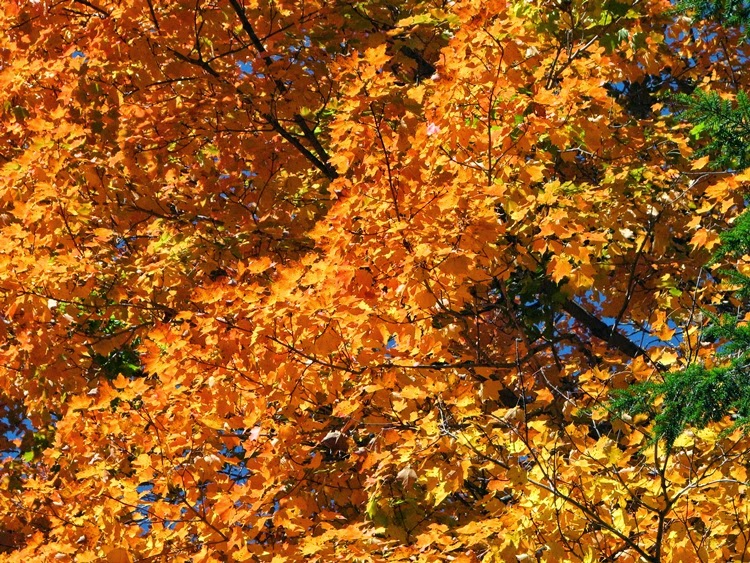More than 50 years ago my freshman botany professor began a
lecture by reading the essay “Smoky Gold” from Aldo Leopold’s A Sand County Almanac. Immediately after
classes ended that day I hastened to the bookstore to buy myself a copy of
Leopold’s book – which still resides on the shelf of my bookcase.
Leopold wrote: There
are two times to hunt in Adams [County]: ordinary times and when the tamaracks
are smoky gold. … The tamaracks change from green to yellow when the first
frosts have brought woodcock, fox sparrows, and juncos out of the north. … I
regard a phalanx of young tamaracks, their golden lances thrusting skyward.
Under each the needles of yesterday fall to earth building a blanket of smoky
gold …
There’s not much tamarack in northcentral Pennsylvania, it
only occurs in some widely scattered wetlands that are relics and reminders of
the last time a glacier came this way.
+-+Tamarack.jpg) |
| Tamarack |
Instead, we have the October Gold of sugar maple leaves.
Many of our sugar maples wear their autumn colors early in the season and then drop
their leaves early. But, there are those individual trees that hold their
leaves longer than most and grace the hillsides and field edges with their
glorious color long after most of their neighbors display nothing but bare
branches.
From a human perspective, sugar maples seem to be one of
nature’s best creations – wood that is hard yet easily worked; excellent for
flooring, bowling alleys, furniture, bowling pins, musical instruments and
turned bowls; the provider of sap that, when boiled, becomes delicious maple
syrup and maple sugar. Because of its brilliant fall coloration sugar maple is
a favorite shade tree and brings hordes of leaf peeping tourists to areas where
it is abundant.
In this age of rapid climate change the future of sugar
maple is clouded. Sugar maple does not tolerate high temperatures well, and there
are predictions that our average temperature will rise by 6-10 degrees over the
next 100 years. If it does, sugar maple will be only a minor component of
Pennsylvania’s forests when our grandchildren have grandchildren of their own.
.jpg)
.JPG)
.jpg)
No comments:
Post a Comment
Thanks for visiting "In Forest and Field" and thank you especially for commenting. It's always interesting to see other peoples' thoughts. Unfortunately, due to spam and trolls (not the kind living beneath bridges), comments must now be approved before being posted.
Woody